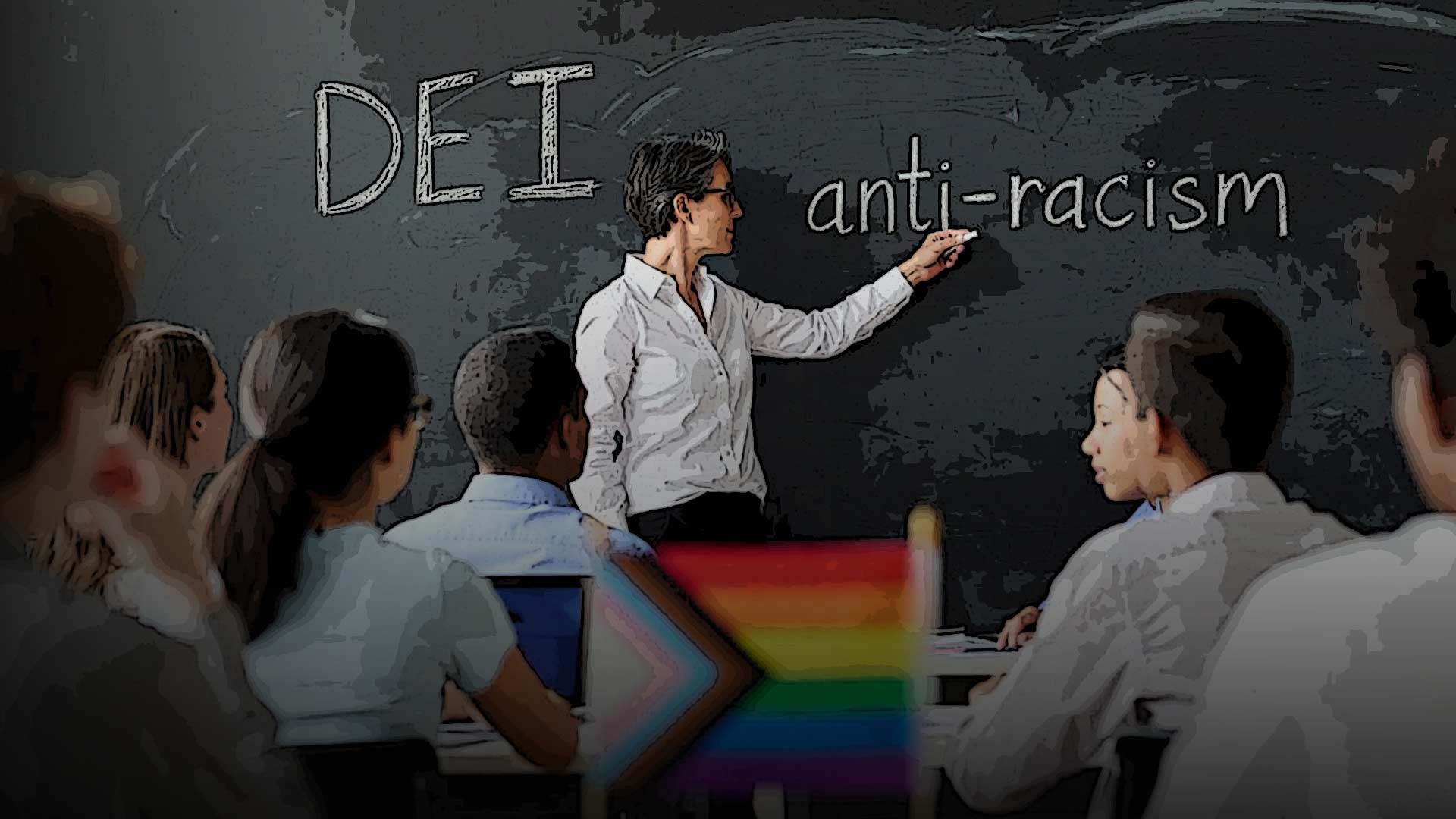
Editor’s note: The following provides updates on the EaglExit project, a multi-year effort which is underway to detach the Eagle River and Chugiak areas away from the Municipality of Anchorage in order to create a separate and independent borough. This includes smaller school and tax districts. This is the third part of our series of articles to describe an education model for the new Chugach Regional Borough.
This article discusses the effects of federal law on school district authority in Alaska. The federal government has had a major impact on delivering a strong posture of influence into the foundation strength and authority of Alaska School districts.
In 2018, former Eagle River/Chugiak State Senator Anna MacKinnon stated, “We always see districts asking for more money to do exactly what they’re doing. And I’m telling you: It appears the system is broken.”
With Senator MacKinnon’s words echoing throughout this series of articles, the need for our community to participate becomes more critical.
Federal Education Funding
In addition to state funding, which we will discuss in later articles, public schools in Alaska also receive federal funding through programs such as the Individuals with Disabilities Education Act (IDEA) and Title I of the Elementary and Secondary Education Act (ESEA). The intent of these programs is to provide funding for specific identity populations of students, such as those with disabilities and those from low-income families, to help ensure that they have the resources they need to succeed in school.
With the respective definitions of these identity populations, IDEA sets forth a variety of definitions which are very broad and subject ultimately and solely to the school district’s discretion and interpretation.
IDEA is a federal law that governs the education of students with disabilities in the United States. The IDEA defines a “disability” as:
— Autistic
— Deaf-blindness
— Deafness
— Emotional disturbance
— Hearing impairment
— Intellectual disability
— Multiple disabilities
— Orthopedic impairment
— Other health impairment
— Specific learning disability
— Speech or language impairment
— Traumatic brain injury
— Visual impairment, including blindness
Ironically, the funding mechanisms of Title I are designed to incentivize poor student performance and outcome, while disincentivizing excellent performance and outcomes.
IDEA also states that a student with a disability is one who “has been evaluated and determined to have a disability and needs special education and related services.” In other words, the student must have a condition that affects their ability to learn and benefit from their education, and must require special accommodations or services to succeed in school.
It’s important to note the definitions of disabilities and the way they are applied by the State of Alaska.
Title I of ESEA is a federal law that provides funding to schools to support the education of disadvantaged students, including students with disabilities. ESEA does not have its own definition of disabilities, but instead references IDEA for the definition of a “child with a disability.” So, the definition of disabilities in Title I of the ESEA is the same as the definition of disabilities in the IDEA.
Title I of ESEA provides funding to schools with high percentages of low-income students to help improve their academic achievement. The funding can be used for a variety of purposes, such as hiring additional staff, providing professional development for teachers, or purchasing educational materials. Schools are required to use Title I funds to provide additional support to students with disabilities, so that they can participate in the same programs and activities as their non-disabled peers.
Ironically, the funding mechanisms of Title I are designed to incentivize poor student performance and outcome, while disincentivizing excellent performance and outcomes. In other words, school districts receive more Title I funds for poor student performance, and less Title I funds for excellent student performance.
Another relevant federal statute is the Americans with Disabilities Act (ADA).
The ADA is a federal law that prohibits discrimination based on disability in employment, state and local government, public accommodations, commercial facilities, transportation, and telecommunications. The ADA defines disability as “a physical or mental impairment that substantially limits one or more major life activities of such individual.”
The definition of disability under the ADA is quite broad, and it covers a wide range of impairments, including but not limited to:
— Physical impairments, such as mobility impairments, hearing or vision impairments, or chronic health conditions
— Mental impairments, such as depression, anxiety, or intellectual disabilities
— Cognitive impairments, such as memory loss or difficulty with concentration
ALASKA WATCHMAN DIRECT TO YOUR INBOX
It also includes conditions that are episodic or in remission if it would substantially limit a major life activity when active. Additionally, the ADA also covers individuals who are regarded as having a disability, whether or not they actually have a disability. This includes individuals who are discriminated against because of their perceived association with an individual with a disability.
It’s important to note that the ADA applies to employers with 15 or more employees, and to state and local government entities.
The ADA is a federal law that supplements state laws. It is intended to guarantee that individuals with disabilities are not discriminated against in the workplace or in public spaces.
In our next article we will discuss the Correspondence School Allotment Program (CSAP) which is a program that gives families the option to use a portion of the state education funding allocated for their child in a public school to pay for private school tuition or homeschool expenses.
We encourage you to get involved, too! Feel free to contact us anytime, and don’t hesitate to come to our weekly Tuesday evening meetings at the Cozy Carpet Warehouse behind the store at 7 pm.
The views expressed here are those of the author.








4 Comments
So where do we stand on Eagle exit? What do we have to do or is it ever really going to happen?
Get rid of Federal Funding and get back to the State deciding our own educational agenda. In the beginning, the Feds were not supposed to intrude in State Educational objectives.
I agree, Mary.. and, we will have to reject “all” federal funding in the public school systems,.. as we should…This particular part of the mess started back in the 50s, when the school systems agreed to accept federal funding $$$$$.., and as a result, the feds declared that since they accepted one penny of federal funding, the feds get to dictate policies, and scholastic content.. That offer was made with a scheme already in place by the feds.. They knew that they had to move slowly, and gradually.
Sean Murphy, I am cheering for Chugach Regional Borough to be born and grow! Keep up the good work and thank you for sharing information!